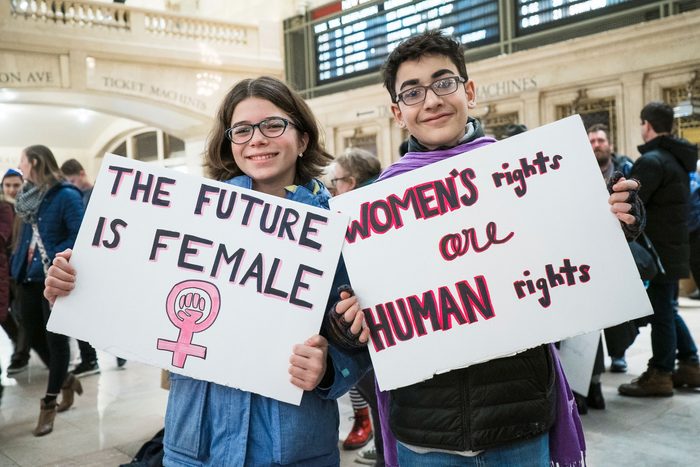
The future is female, thanks to these milestones in women’s history
Happy Women’s History Month! March is the perfect time to celebrate the incredible achievements of women and the important female firsts that have shaped our world. From the pivotal turning point when the United States ratified the 19th Amendment, granting women the right to vote, to the moment Kamala Harris broke barriers as the first woman vice president, there are plenty of inspiring milestones that shaped women’s history—and history overall!
So ahead, we share 18 turning points in women’s history, honoring the legacy of some of the most inspiring women of the past, present and future.
Get Reader’s Digest’s Read Up newsletter for more knowledge, fun facts, holiday tips, humor, cleaning, travel and tech all week long.
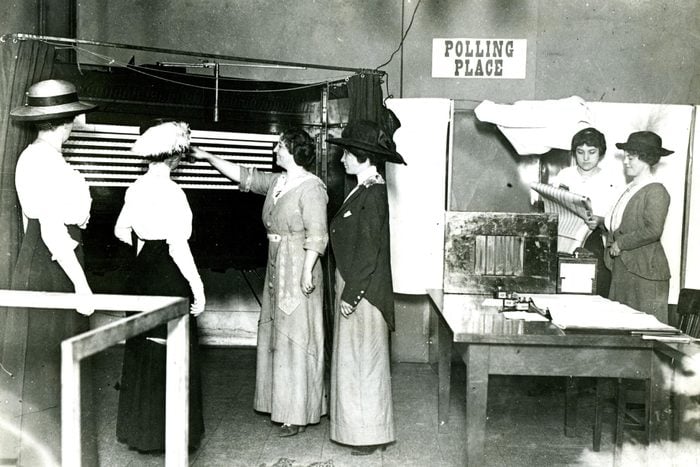
1895: South Australia gives women the right to vote and stand for Parliament
This Down Under nation was ahead of the times in granting equal political rights to men and women. In December 1894, the Parliament of South Australia passed a constitutional amendment granting women the right to vote and stand for Parliament. The bill became official when Queen Victoria signed it into law in 1895.
The battle was hard-won. Women had reportedly fought for a decade to make this historic event happen. And interestingly, a woman’s right to stand for Parliament was added to the bill with the goal of preventing the bill from passing. Luckily, it not only passed but also granted women an additional right.
South Australia wasn’t the first self-governing country in the world to give women the right to vote in parliamentary elections, however. That honor goes to New Zealand, which made it official in 1893. But female voters there were still excluded from standing for Parliament until 1919.
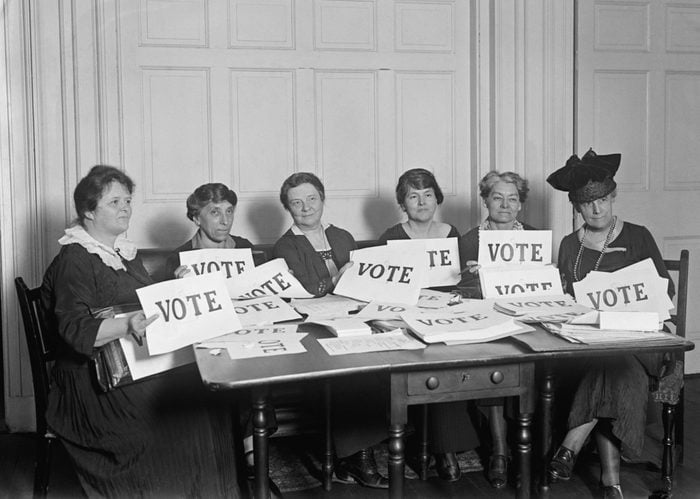
1920: The United States ratifies the 19th Amendment, giving women the right to vote
It’s hard to believe that just over 100 years ago, women weren’t permitted to vote in the United States. They earned that right on Aug. 18, 1920, when the 19th Amendment to the Constitution was ratified, thanks to the tireless efforts of women such as Elizabeth Cady Stanton, Susan B. Anthony, Ida B. Wells and Lucretia Mott. Organizing for women’s suffrage dates back to 1848, at the historic Seneca Falls Convention in Seneca Falls, New York, the first women’s rights conference in the United States.
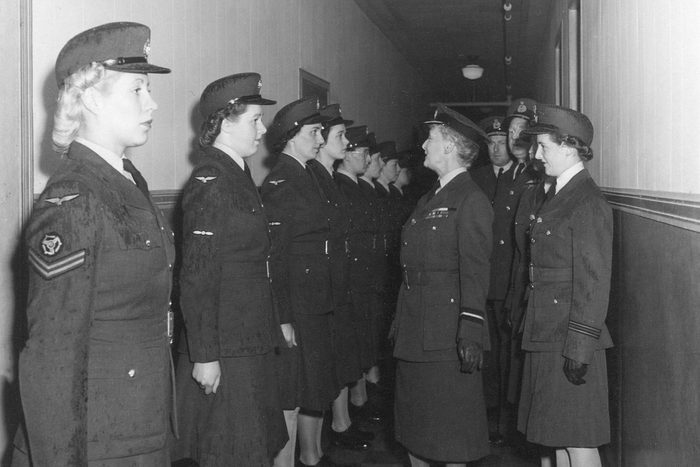
1943: The Women’s Army Corps is created
In late 1941, as the United States plunged into World War II, there was a pressing need for more soldiers. Women, already contributing as nurses and in unofficial military capacities, were officially recruited through the Women’s Army Auxiliary Corps. In 1943, Congress dropped “Auxiliary” from the name, ensuring female noncombatants enjoyed equal benefits. But it wasn’t until 1978 that men and women integrated into the same military units after years of separation.

1950: The first girl joins Little League Baseball
Young baseball fans will love learning about this moment in women’s history: Kay Johnson was only 13 years old when she decided to play Little League Baseball, signing up as a boy named Tubby to hide her gender. Despite revealing her identity, she had a successful season. But the “Tubby Rule” was enforced, barring girls from playing. In 1974, the rule was abolished, paving the way for 22 girls to reach the Little League World Series since then.
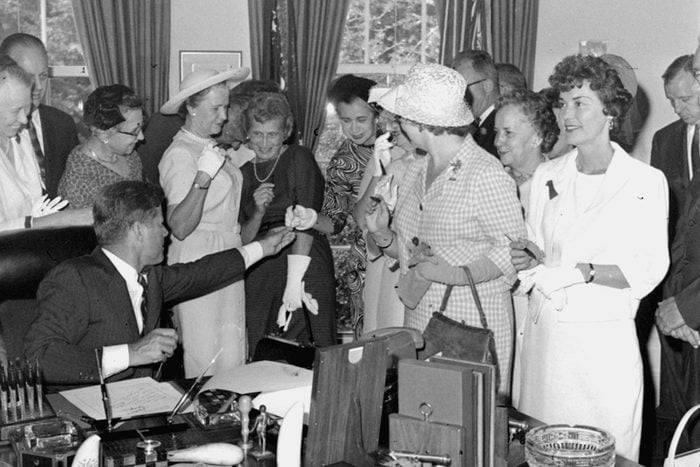
1963: The Equal Pay Act is passed in the United States
Former President John F. Kennedy backed amending the 1938 Fair Labor Standards Act—as part of his New Frontier Program—so that women could be paid the same wages as men performing the same job. This act aimed to put a stop to sex-based wage discrimination, although today, women are still not treated as equally as men in the workplace.
In fact, women on average earn 16% less than men (around 84 cents for every dollar earned by a man), according to the American Association of University Women (AAUW). What’s more, women have only 70% of the overall retirement income that men have and only 32% of the wealth that men have accumulated (though they hold two-thirds of the nation’s student debt). The organization estimates that the current wage gap won’t end until 2088. Clearly, there is a lot of work left to do.
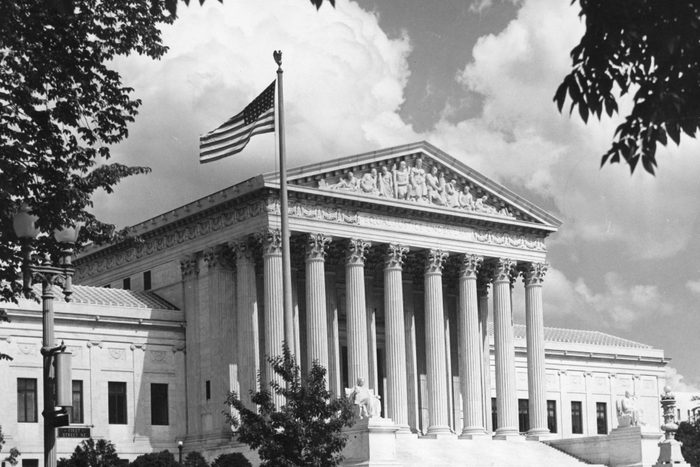
1971: The Supreme Court rules on Reed v. Reed
Up until the early 1970s, if a relative in the United States died, the job of administering the estate was automatically given to the closest male relative. Obviously, this created major family friction. In Reed v. Reed, the Supreme Court ruled that this violated the Equal Protection Clause of the 14th Amendment, according to an American Civil Liberties Union summary. Of note: This was the same year that Ruth Bader Ginsburg made history by establishing the Women’s Rights Project.
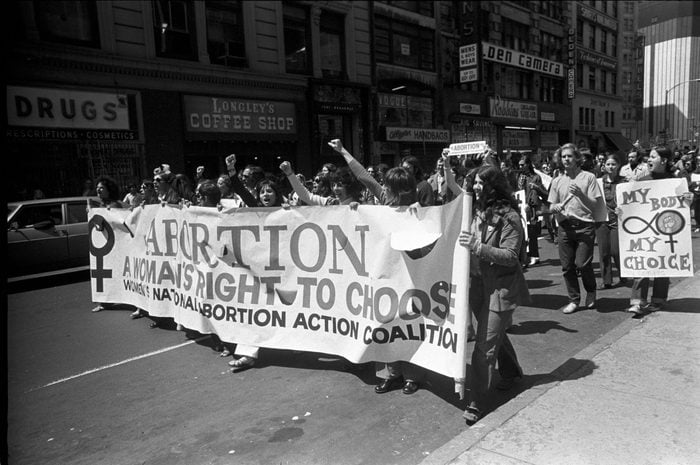
1973: Roe v. Wade gives women the constitutional right to abortion
Probably one of the most contentious court rulings in women’s history and the fight for women’s rights over the past 75 years, Roe v. Wade handed the difficult decision of whether to end a pregnancy over to the woman who is pregnant. Courts, doctors, politicians and other individuals could no longer make that decision for them, according to this Supreme Court ruling. This law has been contested ever since, with many individual states seeking to make it more difficult for women to make this choice despite the federal ruling. In fact, the U.S. Supreme Court officially overturned Roe v. Wade in 2022, allowing individual states to ban abortion.
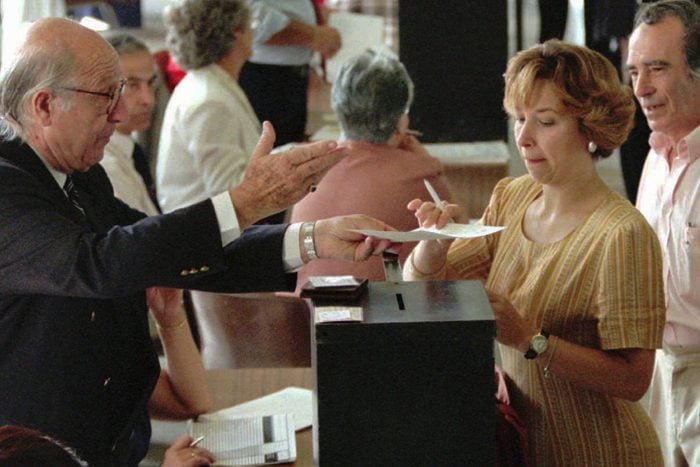
1976: Portugal grants women the right to vote
Before the 1960s, women living in Portugal had few rights, especially when compared with the United States and other European nations. They couldn’t get a Portuguese passport or travel to another country without their husband’s consent. The year 1976 was a big one for women living in Portugal—that’s when the country’s constitution was amended to give women the same voting rights as men.
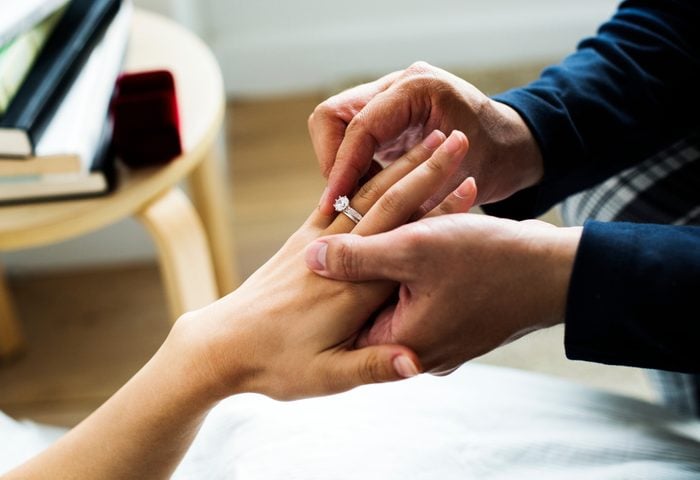
1980: The New Marriage Law passes in China
In 1980, China’s New Marriage Law granted certain rights to women during the legal contract of marriage: Women needed to be 18 years or older to marry, both parties had to consent and the courts could reject marriages with ulterior motives (such as human trafficking and arranged marriages). Under the New Marriage Law, divorce proceedings started to consider women’s rights regarding their marriage customs, including child custody and division of property.
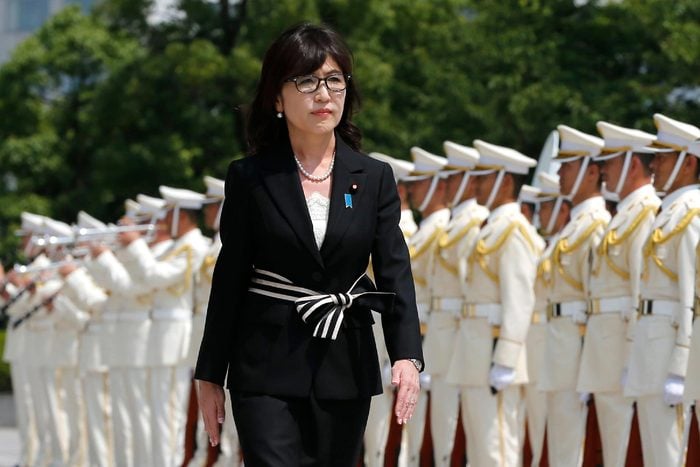
2003: Japan’s government vows to fill more senior-government roles with women
In 2003, Japan declared the ambitious goal of aiming to have 30% of senior-level government jobs in the country held by women by 2020. Apparently, it was too ambitious because it was later revised to 7%, taking into account the lack of an uptick a few years into the new initiative. Government officials blamed the slow pace of cultural shifts. Hopefully, one day Japan will be in the same position as Paris, France: In 2020, the city was fined 90,000 euros for appointing too many women (11, or 69%) to senior government positions. Only five men were appointed, and the imbalance violated a rule that said at least 40% of positions should go to people of each gender. The city paid the fine, and the rule has since been amended.

2012: The United Nations passes a resolution banning female genital mutilation
The terror—and unfortunate reality—of young girls up to the age of 15 having their genitals mutilated came to a halt in 2012 (at least on paper) when the United Nations called on citizens worldwide to stop the practice, which has been most common in countries throughout Asia, the Middle East and Africa, affecting as many as 200 million girls and women. Thanks to increased awareness of this physically and emotionally scarring practice, Feb. 6 was named International Day of Zero Tolerance.

2016: The first woman receives a U.S. presidential nomination
On July 26, 2016, Hillary Clinton made history as the first woman to secure a presidential nomination from a major political party. In her inspiring speech at the Democratic National Convention, she expressed joy, saying, “Standing here as my mother’s daughter and my daughter’s mother, I’m thrilled this day has finally arrived.” It was a major milestone in women’s history that showed young girls and young women that they too could one day occupy the presidency.

2017: Saudi Arabia lifts its ban on female drivers
Imagine being a woman in this Middle Eastern country and needing a man to give you a lift for simple errands, like picking up groceries at the market or visiting a friend. In fall 2017, the Saudi Arabian government lifted the ban on female drivers; it took effect in June 2018.
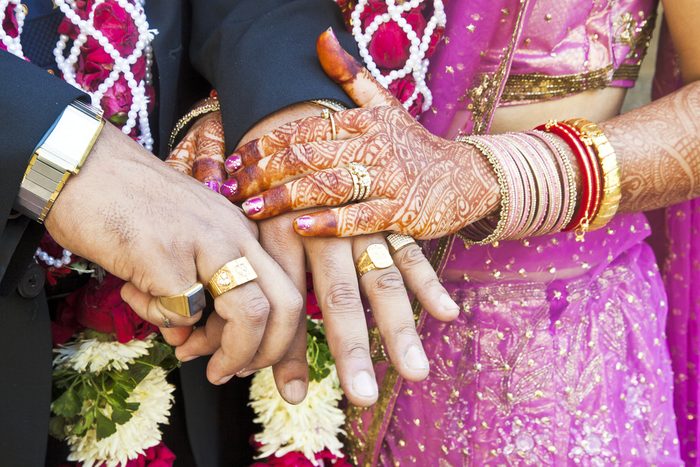
2017: India rules that sex with minors is illegal
India’s Supreme Court ruled in October 2017 that rape of a female under the age of 18 (even if the minor is a child bride) is illegal. Further, being charged with this crime can result in a 10-year prison sentence. This ruling was an important event in women’s history and helped discourage the tradition of child brides. It also speaks to the country’s attempt to create more equal marriages (age-wise, at the very least).
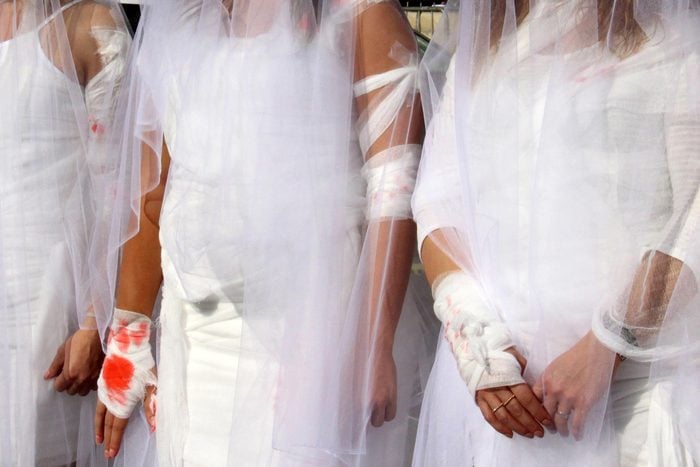
2017: Lebanon repeals a law that sided with male rapists
It’s hard to believe, but up until the summer of 2017, a male rapist in Lebanon could be exonerated if he married his rape victim. In August, Lebanon’s Parliament finally repealed this ancient and horrific law at the urging of Lebanese and international women’s rights activists.
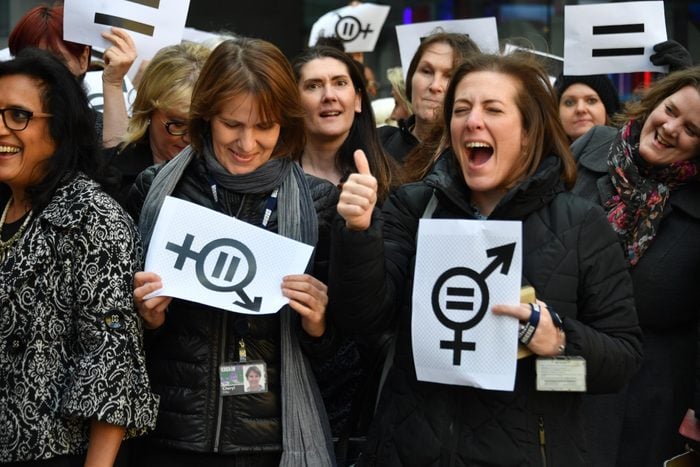
2018: Iceland requires fair pay for women
Some countries talk a good game about equal pay for women, but Iceland made it the law of the land. In 2018, Iceland became the first country in the world to make it illegal—resulting in a fine—to pay men and women in the same job differently. One major difference between this law and the Equal Pay Act in the United States is that the burden is no longer on the employee to make this claim; the onus is on the companies to prove that they are paying men and women equally as a matter of general review. Thus, women are not required to become detectives themselves (and risk their reputations and work relationships) to find out if they are being paid the same as their male colleagues.

2018: Women mark major U.S. Congressional milestones
It’s fairly rare that midterm elections in the United States have made major news or generated much fanfare. But after two years of Donald Trump as president, Americans were mobilized to vote like never before. The 2018 midterm elections saw a surge of amazing firsts for women in government: the youngest woman ever elected to Congress, Alexandria Ocasio-Cortez; the first Muslim women elected to Congress, Ilhan Omar and Rashida Tlaib; and the first Indigenous women in Congress, Sharice Davids and Deb Haaland (Haaland also made history as the first Native American to serve as a cabinet secretary).
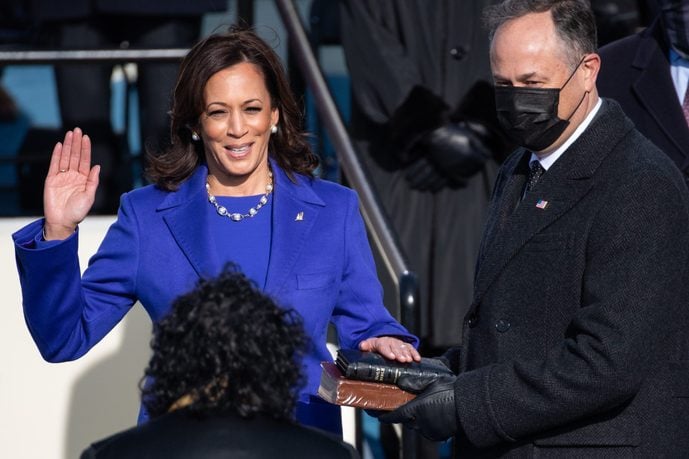
2021: The first woman is sworn in as vice president
On Inauguration Day, Jan. 20, 2021, Kamala Harris was sworn in as vice president of the United States. She took the oath of office with her hand on two stacked Bibles, one belonging to the late Supreme Court Justice and civil rights icon Thurgood Marshall and the other belonging to a close family friend. Harris is only the third woman to be named a candidate for vice president, and she is the first woman, first Black woman and first woman of South Asian descent to hold national office in America.
Why trust us
At Reader’s Digest, we’re committed to producing high-quality content by writers with expertise and experience in their field in consultation with relevant, qualified experts. We rely on reputable primary sources, including government and professional organizations and academic institutions as well as our writers’ personal experience where appropriate. We verify all facts and data, back them with credible sourcing, and revisit them over time to ensure they remain accurate and up to date. Read more about our team, our contributors and our editorial policies.
Sources:
- National Museum of Australia: “Women’s suffrage”
- U.S. Equal Employment Opportunity Commission: “The Equal Pay Act of 1963”
- ACLU: “The Successes of the American Civil Liberties Union”
- ThatsMags.com: “This Day in History: China Enacts New Marriage Law”
- CNN: “Japan slashes target for women in senior positions”
- NPR: “City of Paris is fined 90,000 Euros”
- United Nations: “International Day of Zero Tolerance for Female Genital Mutilation”
- The New York Times: “Saudi Arabia Agrees to Let Women Drive”
- USA Today: “5 major wins for women’s rights across the world”
- The New York Times: “Lebanon Repeals Its Marry-Your-Rapist Law”
- NPR: “Companies in Iceland Now Required to Demonstrate They Pay Men, Women Fairly”
- AAUW: “The Gender Pay Gap”
- U.S. Army: “Creation of the Women’s Army Corps”
- NPR: “A Little League of Her Own: The First Girl in Little League Baseball”
